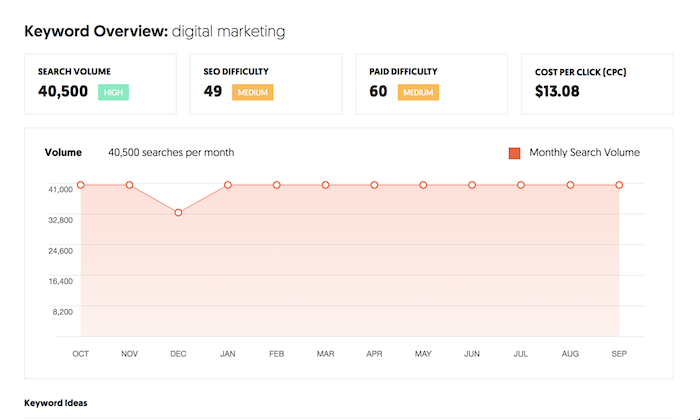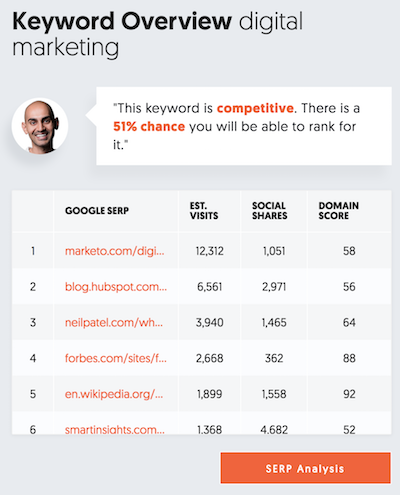As a marketer, you’ve likely noticed the shift across the industry when it comes to targeted audiences. Millennials are now the primary group that everybody talks about and extensively analyzes on social media.
The reason for this is simple. Within the last few years, there has been a massive wealth transfer between baby boomers and their Gen X and millennial offspring. Now millennials wield a larger spending power than any other generation.
Here are 8 ways you can better reach millennials with social media:
1. Prioritize Visual ContentMillennials are visual learners. They grew up interacting with screen-based technology like television sets, video game consoles, and computers. As a result, they tend to respond best to content that stimulates their eyes. Marketers who want to attract their attention will need to do so with a strong aesthetic design.
Make sure that the images you post are always of the highest quality possible. Reach out to talented photographers and artists for potential collaborations. Also, don’t skimp on videos. It’s predicted that by 2019 about 80 percent of all internet content will be video.
2. Stay RelevantOn average, millennials spend a little over six hours each week on social media. They often use this time to catch up on the latest news, trends, and discussions. “Given the speed that the internet moves and evolves, content that seems old or outdated has a greater chance of being ignored,” says Jonathan Foley, the founder of the popular Instagram pages @Positivity, @Deep, and @Societyfeelings.
“You should constantly monitor social media to keep an eye on what’s trending. If you see a great opportunity to jump into the public conversation – for instance, if there’s a hashtag that meshes well with your brand – then go ahead.”
Exercise a little caution, and do some research first, though. It’s best to avoid highly controversial and divisive topics, or else you might risk alienating your audience.
3. Invite ParticipationMillennials are active internet users. Sitting back and passively consuming content gets boring for many of them. They would rather interact with others and contribute their own thoughts and creations.
There are many ways to tap into this inclination. You could ask your viewers questions, or tell them to tag their friends in the comments. Furthermore, you could encourage them to make user-generated content and then feature it on your page. Another good way to invite participation is by announcing a new product without many details. An example is the announcement of Microsoft Office 2019. Many users on Twitter, specifically millennials, made memes of what this product could look like driving product awareness.
4. Don’t Waste TimeThere are numerous claims about millennials’ short attention span. Most of them are drawn from dubious research or based on overly negative, unfounded biases. The truth is that millennials are no worse than any other generation in this area. Instead, the real problem is that a large chunk of social media marketing is poorly suited for the medium.
Social media is used more in short bursts than extended periods. This means that users judge content based on quick initial impressions. People will watch a longer video, for example, if the introduction is compelling enough; however, they’ll quickly tune it out if it spins its wheels for too long.
So, in other words, make an effort to get to the point faster.
5. Change Your Influencer ApproachFor a while, it seemed as if influencers held the ultimate key to marketing to millennials. Now, perceptions are shifting. Millennials are starting to trust influencers less these days, and the reason is due to a lack of transparency.
Too many brands and influencers are failing to disclose their partnerships. As a consequence, it has shaken their followers’ confidence in their honesty and integrity. While many still might hesitate in sharing this information, being upfront is significantly less damaging than getting caught and called out.
6. Humanize Your BrandA lot of marketers lose sight of the “social” part of social networks. The main reason so many millennials flock to these platforms is that they wish to talk to other real people. They don’t want their experience interrupted by obvious marketing from faceless businesses.
This is why some brands have found success in adopting more organic, genuine personalities online. Just take a look at the MoonPie account on Twitter. Its unique mixture of self-deprecation and weird humor has won it many followers on Twitter.
7. Support a Good CauseGenerations are reflections of the cultural environments in which they grew up. It’s for this reason that millennials are more socially conscious than their predecessors. Not only do they expect individuals to contribute to society, but brands are expected to as well.
About 75 percent of millennials say they want businesses to give back to their communities and demonstrate social responsibility. That involves working with charities, organizing awareness events, speaking out about important issues, fighting inequality, and helping the disadvantaged.
8. Treat Them Like AdultsDespite how some use the word, millennial is not a catch-all for young people. It specifically refers to adults currently between the ages of 22 and 37. Anybody who still thinks of them as teenagers really needs to update their mental picture.
Address them like you would any adult. Don’t speak in a condescending tone or treat them like they’re still children. Give them the respect that they deserve.
Make sure to also read: 3 Tips To Reach More Millennials With Your Social Media Marketing
from Oracle Blogs | Oracle Marketing Cloud https://ift.tt/2R72ZXe
via IFTTT



 Subscribe
Subscribe













